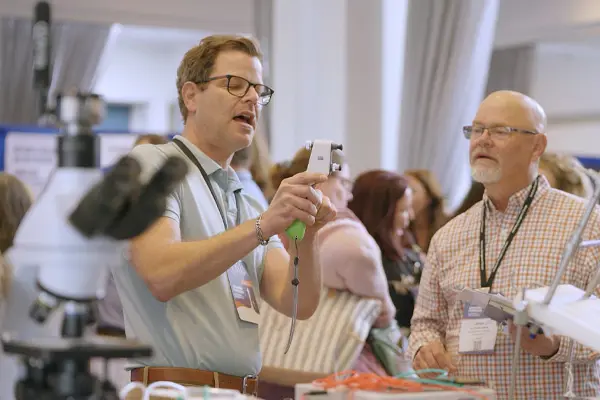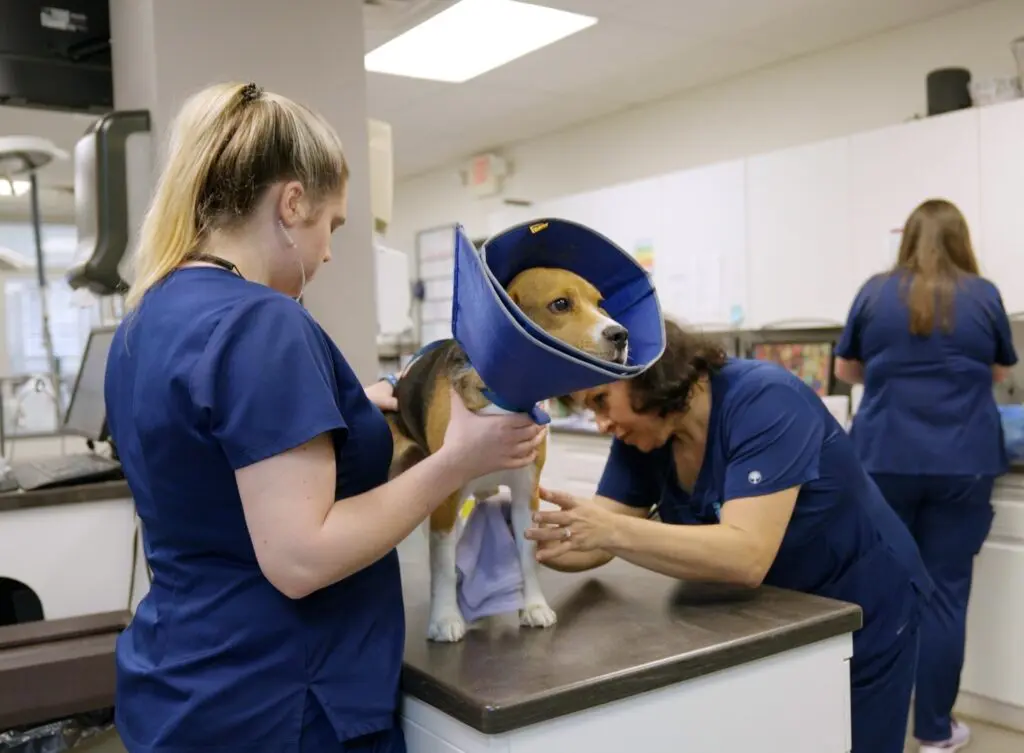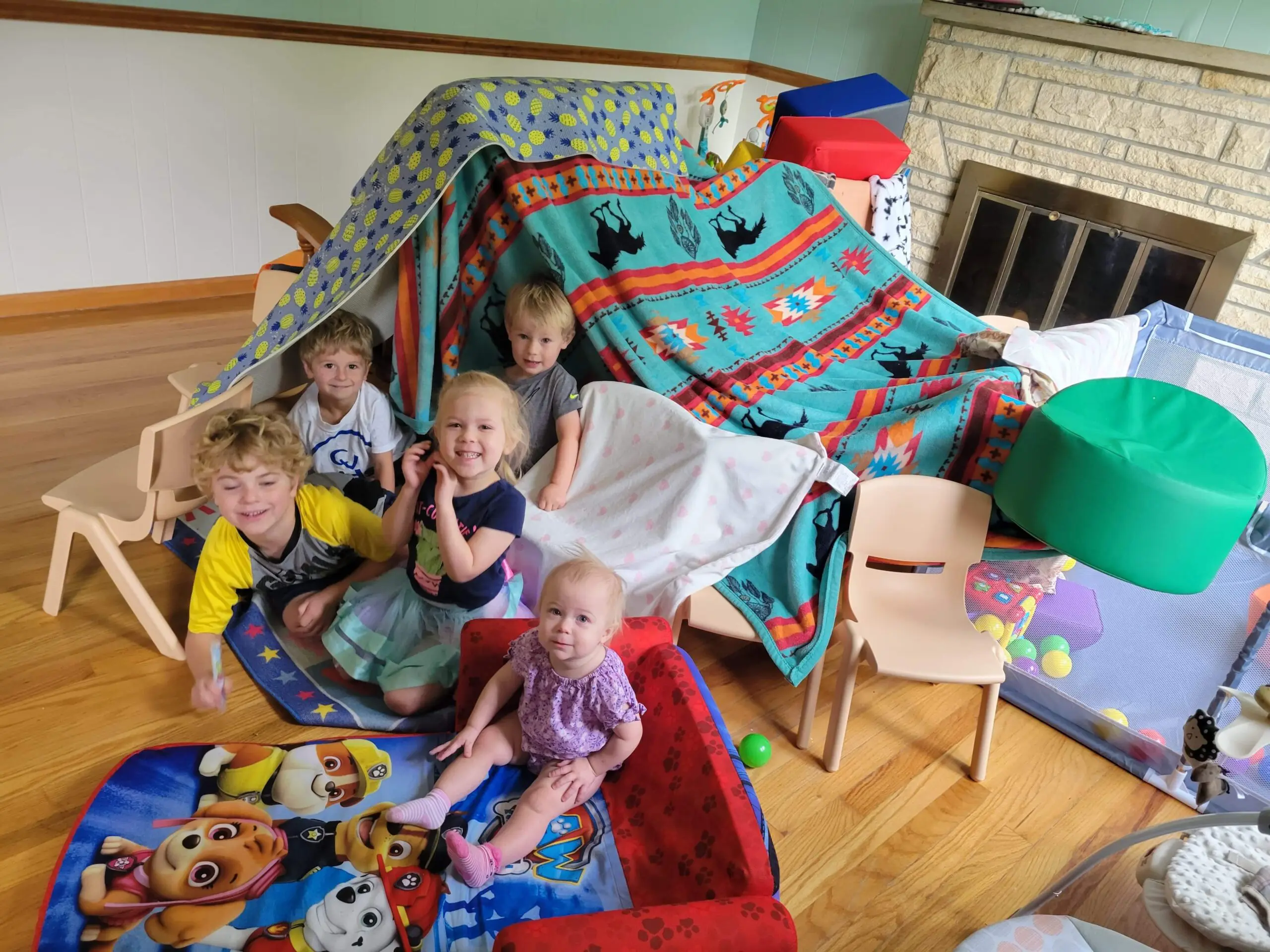Are your practice’s veterinarians drawing blood samples ‘because they can’? Are they regularly reading fecals, checking routine incisions, or recording each patient’s weight and temperature when a qualified staff member is available? If so, you might be underutilizing your non-veterinary staff and reducing your practice’s productivity.
Veterinary practice owners looking to improve practice performance can take advantage of their staff members’ full range of skills. Eighty-seven percent (87%) of practices reporting improved efficiency in 2023 attributed it to better use of non-veterinarian staff.1
Why improve your practice’s staff utilization?
Staff utilization helps your practice financially: Practices where veterinarians allow Certified Veterinary Technicians (CVTs) to perform the tasks that they can and should be doing generate an average of 36% higher revenues.2
The benefits of appropriate staff utilization go far beyond the financial impact.3 Inappropriate or insufficient use of technicians, along with a failure to distinguish between credentialed and non-credentialed staff, has been associated with burnout, job dissatisfaction and departure from the veterinary industry among CVTs.3,4 Encouraging your staff members to use all of their knowledge and skills will improve job satisfaction and reduce burnout, improving your staff retention.3 That’s especially important right now, when competition for CVTs is fierce. Equally important, a team of satisfied, empowered employees helps your practice provide better patient care.3
Make the most of every staff member
Review your state’s regulations and practice act and the AAHA/NAVTA Technician Utilization Guidelines. Then look at the day-to-day reality in your practice. What is happening in your exam and treatment rooms? Consider having your lead technician or practice manager do this analysis. Using their leadership and analytical skills this way, while you focus on treating patients, is a step in the right direction.
Only veterinarians are legally able and trained to diagnose disease, prescribe medications, determine prognoses, and perform surgery.5,6 Expecting them to provide nursing care and perform other important tasks that CVTs and veterinary assistants can do takes your veterinarians’ time away from these core medical activities.3
Leverage your CVTs
CVTs can perform initial triage in emergencies, collect diagnostic samples, educate clients on common topics, change bandages, and remove sutures and staples from well-healed incisions. They can notify a veterinarian of any unusual or concerning findings. Let them teach owners about feeding and training their new puppy. Save your veterinarians’ time and attention for activities that require advanced medical training.
If you employ Veterinary Technician Specialists, take advantage of them! Like specialist veterinarians, these CVTs are so energised about a particular area of practice that they have gone on to develop additional skills and earned advanced credentials. From emergency care to equine medicine, NAVTA now recognizes more than a dozen technician specialty academies. Rely on your Veterinary Technician Specialists for extra support, or to train (and hence better utilize) other staff members.7,8
Use non-credentialed staff wisely
The same principle applies to non-credentialed staff members. While NAVTA is helping some states create standards for certified or approved veterinary assistants, most states still allow anyone who is not a CVT or a veterinarian to be a veterinary assistant, with a limited scope of activities.8 If your state is participating, look at the guidelines and assign appropriate tasks to non-veterinarian, non-technician staff. They could be cleaning exam rooms, stocking shelves, and performing other essential activities while their credentialed colleagues focus on patients and their owners.
Your Customer Service Representatives (CSRs) and receptionists are the face and voice of your practice. Encourage them to get to know your clients and patients. You never know what a client might mention to the receptionist while being welcomed to the practice but forget to tell you in the exam room. Proper training will help them recognize important information to share with clinical staff at the start of the appointment, improving patient care.
Let veterinarians be veterinarians
Assigning more tasks to CVTs and other staff members give your veterinarians extra time to examine, diagnose, and treat patients. Veterinarians in high-efficiency practices may see as many as 5 to 9 more patients per day per FTE than their counterparts in medium or low-efficiency practices.9
Does one of your veterinarians have a special interest in a particular area of practice? Encourage them to develop their skills in that area, offering a higher level of care to your patients. An associate who loves interacting with the public might now have time to develop talks for community groups, which are an excellent way to market your practice. Some associates might choose to develop the leadership skills and business sense required to become a future practice owner. Better staff utilization could also give you as the practice owner more time to mentor a potential successor.
Staff utilization implementation 101
Improving staff utilization relies on you, the practice owner, to lead the way. The top barriers to better staff utilization include lack of confidence in your CVTs’ skills and a lack of awareness of what they have been trained for and are legally allowed to do.3 Start by reading your state practice act and understanding what work can be re-assigned and to whom. Understand the boundaries between what credentialed and non-credentialed staff can do.
Talk with your technicians and non-credentialed staff
Once you know what is possible, review the assessment of staff usage with your lead CVT or practice manager, assessing each person’s abilities. Then meet individually with each employee and discuss the findings. Ask which tasks they are most comfortable performing and what they want to learn. Encourage them to stretch their skills, taking on tasks that they are capable of and legally permitted to do. Clarify each employee’s scope of responsibility and remind them to support one another as they perform their assigned tasks.
Write practice-friendly protocols
Standardizing of common tasks to delegate to your staff members clarifies the scope of each person’s responsibility and identifies when to get help and from whom. AAHA suggests protocols for common activities like intake of scheduled appointments and emergencies, post-surgical rechecks, and routine appointments for monitoring chronic conditions.3
Write up protocols that make sense for your practice and test them. Don’t worry about perfection. If your protocol is effective for 80% of the relevant cases, and your staff knows how to identify the other 20% and ask for help, you will already have freed up significant time and improved your team’s working patterns.
Improve your practice with more effective staff utilization
Improving staff utilization will decrease stress, increase productivity and help make your practice a better place for patients, owners, and staff members. It will save valuable time, improve patient care and increase practice performance. Use common sense, stay compliant with local laws and practice acts, and keep working towards your goals. The AAHA Guidelines will support you at every step, with useful sample checklists and protocols to get you started. A few discussions and a bit of teamwork can make a huge difference.
References
- Brakke Consulting 2024 Animal Health Industry Overview. Presented 18 February 2024 at VMX, Las Vegas, NV.
- 2023 AAHA Technician Guidelines: Guidelines at a Glance. American Animal Hospital Association. https://24051120.fs1.hubspotusercontent-na1.net/hubfs/24051120/Guidelines%20PDFs/Technician%20Utilization/guidelines-at-a-glance-321-sheet.pdf . Accessed 18 December 2024.
- Boursiquot N., Prendergast H., Boudreau L., Cital S. N., Mages A., Rauscher J., et al. (2023) 2023 AAHA Technician Utilization Guidelines. American Animal Hospital Association. Published 30 September, 2023. https://www.aaha.org/resources/2023-aaha-technician-utilization-guidelines/.
- Reinhard AR, Celt VP, Pilewski LE, Hendricks MK, ‘The newly credentialed veterinary technician: perceptions, realities and career challenges.’ Front. Vet. Sci. 12: 1437525. doi:10.3389/fvets.2025.1437525.
- US Code of Federal Regulations 21CFR 530.3 (h)i. Definitions: veterinarian. https://www.ecfr.gov/current/title-21/chapter-I/subchapter-E/part-530/subpart-A/section-530.3 Accessed 23 December 2024.
- American Veterinary Medical Association. 2019 Model Veterinary Practice Act. Published 2019. Updated 2021. https://www.avma.org/sites/default/files/2021-01/model-veterinary-practice-act.pdf Accessed 23 December 2024.
- The National Association of Veterinary Technicians in America website. Veterinary Technicians Specialties. https://navta.net/veterinary-technician-specialties/ Accessed 18 December 2024.





